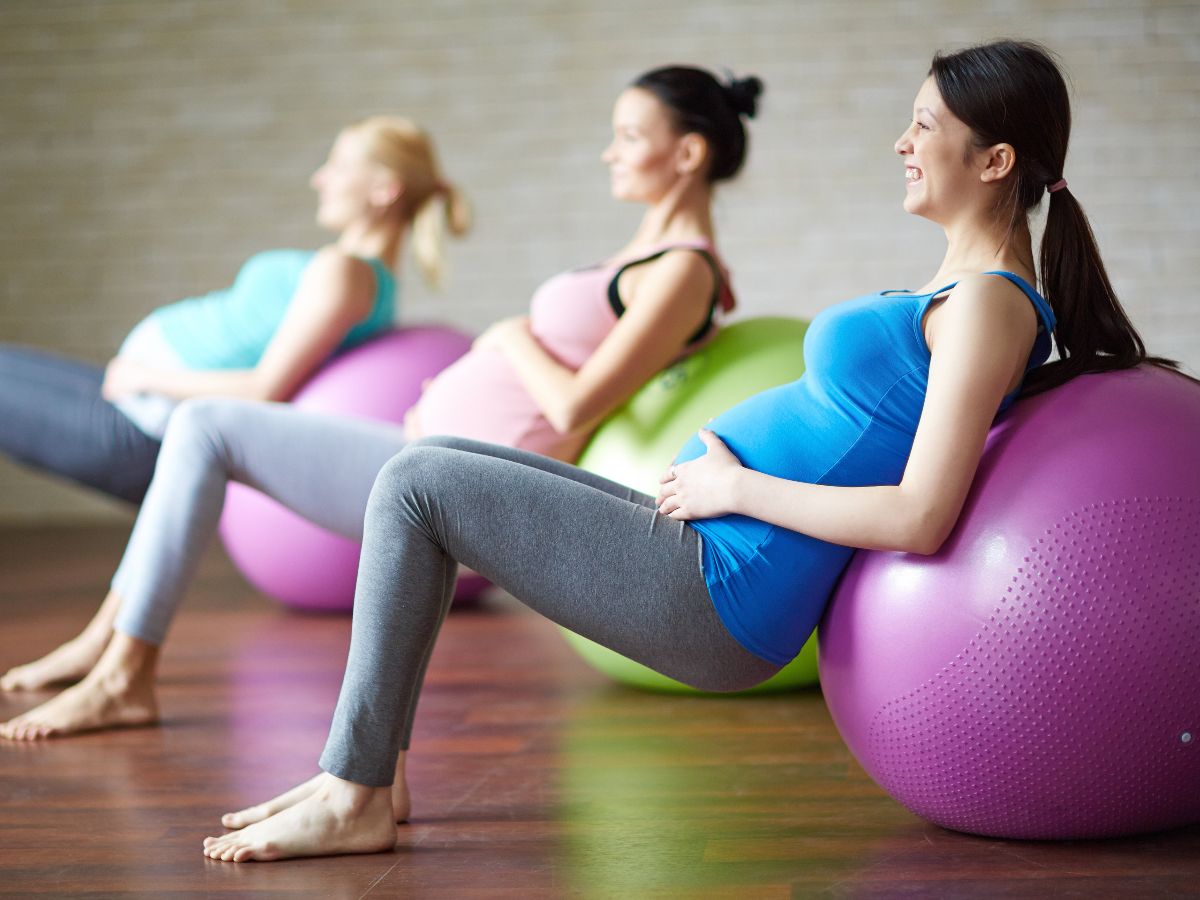
Pregnancy Exercise Classes: A Comprehensive Guide for Expecting Mothers
Pregnancy is a transformative journey that brings about significant physical and emotional changes. While it’s essential to prioritize rest and relaxation during this time, incorporating regular exercise into your routine can provide numerous benefits for both you and your growing baby. Pregnancy exercise classes offer a safe and supportive environment where expecting mothers can engage in tailored workouts designed specifically for their unique needs.
Benefits of Pregnancy Exercise Classes
- Improved cardiovascular health: Exercise helps strengthen the heart and lungs, preparing them for the demands of labor and delivery.
- Reduced risk of gestational diabetes and preeclampsia: Regular physical activity can help regulate blood sugar levels and reduce the risk of these pregnancy complications.
- Enhanced muscle strength and endurance: Exercise helps build strength in the muscles used during labor, such as the pelvic floor muscles and abdominal muscles.
- Reduced back pain and other pregnancy-related discomforts: Exercise can help improve posture and strengthen the muscles that support the spine, reducing back pain and other common pregnancy discomforts.
- Improved mood and reduced stress: Exercise releases endorphins, which have mood-boosting effects and can help reduce stress and anxiety during pregnancy.
- Increased energy levels: Regular exercise can help improve circulation and oxygen delivery to the body, leading to increased energy levels.
- Improved sleep quality: Exercise can help regulate sleep patterns and promote better sleep quality.
- Faster postpartum recovery: Women who engage in regular exercise during pregnancy tend to have shorter labor times, less pain during delivery, and a quicker recovery postpartum.
Types of Pregnancy Exercise Classes
There are various types of pregnancy exercise classes available, each tailored to different fitness levels and preferences. Some common options include:
- Prenatal yoga: This gentle form of yoga focuses on stretching, breathing exercises, and relaxation techniques. It can help improve flexibility, reduce stress, and prepare the body for labor.
- Prenatal Pilates: Pilates exercises focus on core strength, posture, and balance. They can help strengthen the pelvic floor muscles and reduce back pain.
- Prenatal aerobics: These classes typically involve low-impact cardiovascular exercises, such as walking, swimming, or cycling. They can help improve cardiovascular health and endurance.
- Prenatal strength training: These classes use weights or resistance bands to build strength in the major muscle groups. They can help prepare the body for the physical demands of labor and delivery.
- Water aerobics: This type of exercise is performed in a pool, which provides buoyancy and reduces the impact on joints. It’s a great option for women who experience back pain or other pregnancy-related discomforts.
Choosing the Right Class
When choosing a pregnancy exercise class, it’s important to consider your fitness level, health history, and personal preferences. It’s also essential to consult with your healthcare provider before starting any exercise program during pregnancy.
- Fitness level: If you were active before pregnancy, you may be able to handle more challenging classes. However, if you’re new to exercise, it’s best to start with a beginner class.
- Health history: If you have any health conditions, such as high blood pressure or gestational diabetes, it’s important to choose a class that is appropriate for your needs.
- Personal preferences: Consider what type of exercise you enjoy and what fits into your schedule. If you prefer group classes, look for a class with a supportive and encouraging atmosphere.
Safety Considerations
While pregnancy exercise classes are generally safe, there are certain precautions to keep in mind:
- Listen to your body: It’s important to listen to your body and stop if you experience any pain or discomfort.
- Stay hydrated: Drink plenty of water before, during, and after your workout.
- Avoid overheating: Exercise in a cool environment and take breaks to cool down.
- Wear supportive clothing: Wear comfortable, breathable clothing that supports your body.
- Inform your instructor: Let your instructor know that you’re pregnant and provide them with any relevant health information.
Conclusion
Pregnancy exercise classes offer a safe and effective way for expecting mothers to stay active and reap the numerous benefits of exercise. By choosing the right class and following safety guidelines, women can enjoy the physical, emotional, and postpartum benefits of regular exercise during this transformative time.